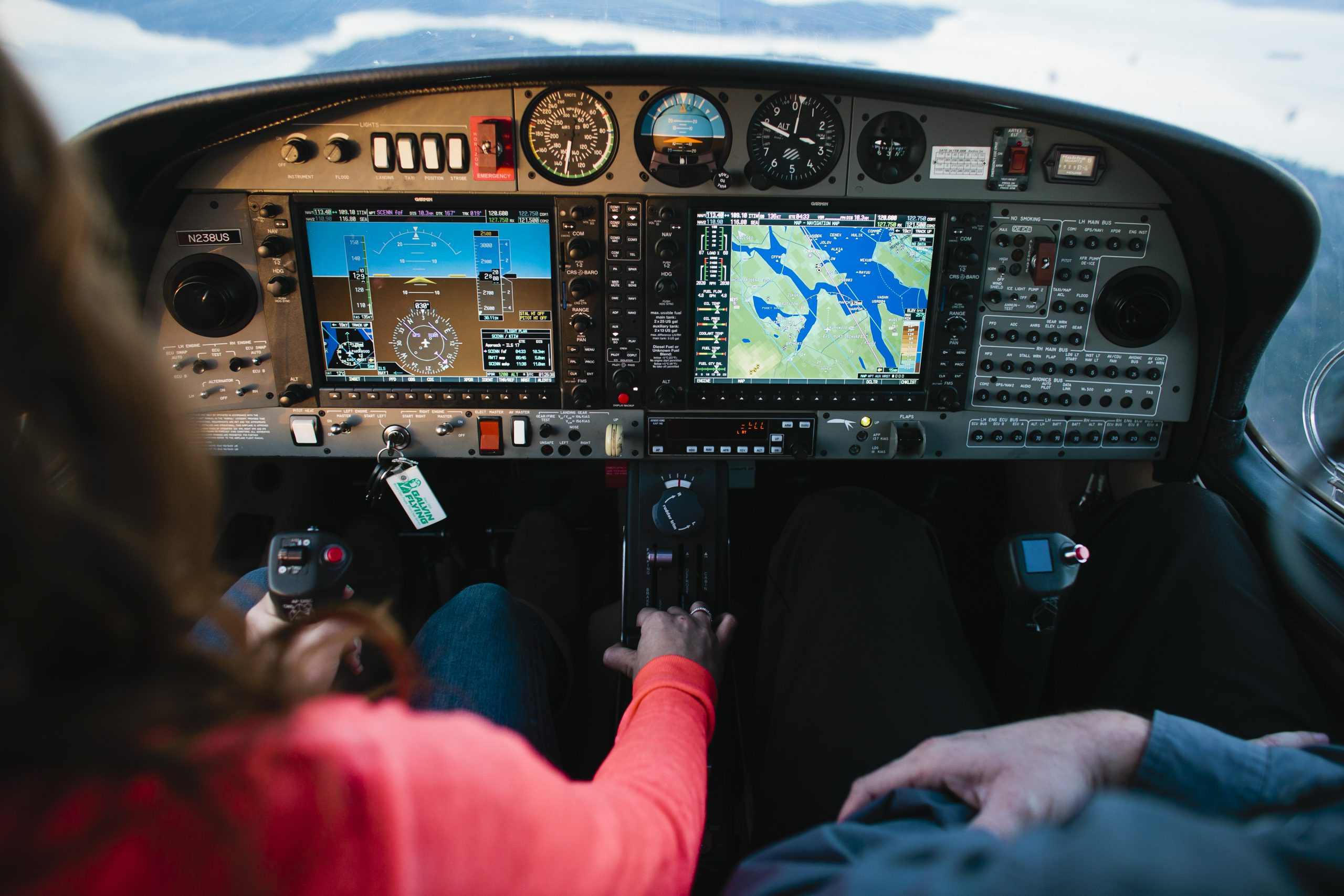
Take the Time to Stall Around
Stalls – One “Dangerous” Maneuver We Can Practice Safely, Consistently
It’s no secret that stalls have led to some deadly accidents in aviation. A thorough understanding of the aerodynamics of a stall, how to avoid situations that can lead to a stall, and how to recover from a stall are all required elements of a pilot’s education. As pilots, we are expected to identify, avoid, and if it’s too late, recover from a myriad of different types of abnormal and emergency situations. Many of these are difficult or too dangerous to replicate in the real aircraft. Fortunately, stalls are one of the few situations we can practice in the aircraft safely. Yet they still plague our community with accidents – why is this?
Not understanding the aerodynamics at play that lead to a stall seems to be a common theme during evaluations and hangar discussions. Furthermore, not having a grasp of the types of situations that can lead to stalls is even worse. A pilot who finds themselves unexpectedly stalling an aircraft won’t help the situation by reciting the aerodynamics of reverse airflow, angle of attack, etc. They’re going to be looking for a way to get out of the stall. This is not to downplay knowledge of aerodynamics – which is crucial to understanding the ‘why’ behind stall recovery techniques. However, we do need to understand ‘how’ and ‘when’ a stalled condition may develop.
 Simply going out and practicing a stall at altitude per the Airman Certification Standards (ACS) and then calling it a day seems to only placate the demands of the checkride. Pure demonstration is not the intent of the maneuver and instructors and students are shorting themselves by stopping the lesson there. The feel, noise, and sounds leading up to and recovering from a stall are just the beginning. Taking those sensations and adding them to a scenario will have a greater impact and place greater meaning to why we practice stalls. While the base-to-final stall/spin scenario is commonly discussed, it is not practiced. No, we’re not condoning practicing this in the pattern, but pretending to fly a pattern at a safe maneuvering altitude in the practice area is a great way to demonstrate an all too common scenario that continues to plague our list of NTSB reports. Just be sure that if you do practice scenarios with the intent of taking an aircraft into a spin, that the aircraft is approved for spins and is within the center of gravity limits per the manufacturer’s operating handbook.
Simply going out and practicing a stall at altitude per the Airman Certification Standards (ACS) and then calling it a day seems to only placate the demands of the checkride. Pure demonstration is not the intent of the maneuver and instructors and students are shorting themselves by stopping the lesson there. The feel, noise, and sounds leading up to and recovering from a stall are just the beginning. Taking those sensations and adding them to a scenario will have a greater impact and place greater meaning to why we practice stalls. While the base-to-final stall/spin scenario is commonly discussed, it is not practiced. No, we’re not condoning practicing this in the pattern, but pretending to fly a pattern at a safe maneuvering altitude in the practice area is a great way to demonstrate an all too common scenario that continues to plague our list of NTSB reports. Just be sure that if you do practice scenarios with the intent of taking an aircraft into a spin, that the aircraft is approved for spins and is within the center of gravity limits per the manufacturer’s operating handbook.
The base-to-final scenario is just one of numerous scenarios instructors and students can tap into. When taking the practical exam to become a Certified Flight Instructor (CFI), the applicant is required to demonstrate numerous types of stalls, not just power-on and power-off stalls. These include accelerated stalls, elevator-trim stalls, cross-controlled stalls, and secondary stalls. If your instructor has not demonstrated these to you or had you practice them, ask why. Don’t limit training to what’s required by the ACS.
Instructors, take note: how you present stalls to student pilots will forever affect how they view, understand, and handle stalls. Many people are afraid of stalls and handle them with very rigid, mechanical responses that in many cases can make things worse. Nine times out of ten this is a result of their first lesson practicing stalls involving their instructor, “dumping them into the pool” per se, going right through an entire stall series. All the student will remember seeing is a windscreen full of blue sky, then all earth, then all sky again accompanied by lots of engine and wind noise. Please don’t do this. Gradually introduce students to the maneuver by starting with slow flight, then imminent stalls, and then graduating to fully developed stalls. You’ll reduce a student’s anxiety and better enable them to handle stalls for the rest of their lives.
To reiterate, stalls are one of the few emergency scenarios we can fully experience in the aircraft. Take advantage of that fact – don’t let the ACS be your only motivation to practice them – and ask your instructor for more. Search for a few accidents that involved stalls. Avoid asking the question of why they didn’t recover and instead dig into the events that led to the situation. By incorporating an understanding of the aerodynamics behind a stall, practicing stalls beyond the level of the ACS, and adopting the mindset of ‘how can I avoid getting myself into that situation?’ you will significantly improve your skills as a safe, competent pilot.